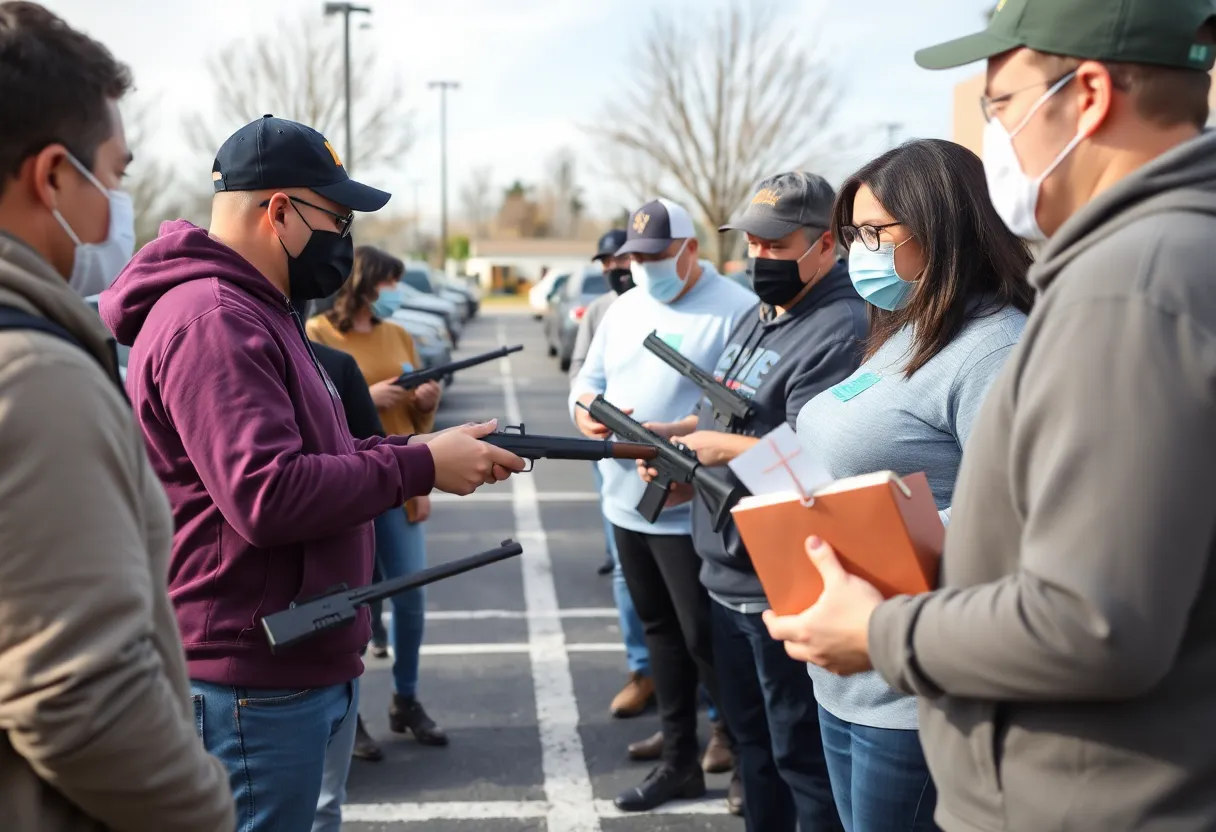News Summary
California’s high-speed rail project struggles with soaring costs and delays, pushing estimated expenses over $100 billion with a new completion target of 2033. Recent leadership changes aim to secure financing and restore confidence in the project, as construction progresses but funding concerns linger.
California is grappling with significant delays and escalating costs regarding its high-speed rail project, which aims to connect major cities like San Francisco and Los Angeles. Despite initial plans to have the entire line operational by 2020 at a cost of around $10 billion, the current projections reflect an eye-watering estimated cost of over $100 billion and a projected completion date pushed back nearly two decades, with only a segment in the Central Valley expected to be completed by 2033.
The California High-Speed Rail Authority is in the midst of leadership changes, with Ian Choudri recently appointed as the new CEO tasked with revitalizing the troubled project. His primary objective is to manage the soaring costs and to stave off the possible loss of federal funding as the project continues to spiral in expenses. With around $13 billion already spent, funding has predominantly come from the state level through voter-approved bonds and cap-and-trade provisions, with the federal government contributing less than a quarter of the total funding, raising questions about long-term financing access.
Choudri has been directed to formulate a financing plan for the Central Valley segment by mid-2026, indicating a push toward securing additional private investment to ensure the project’s sustainability. Officials are exploring a program that would guarantee the state repays private investors with interest. However, skepticism persists regarding the adequacy of financing mechanisms throughout the project’s history, and discussions with state officials are ongoing.
Amid all these financial uncertainties, the project has made some physical progress. Over 50 structures, including bridges and viaducts, have been constructed, but no tracks have been laid to date. Ongoing construction projects like the Hanford Viaduct and the Tied Arch Bridge over State Route 43 illustrate the scale and ambition of the project. The high-speed rail aims to achieve speeds of up to 220 miles per hour, which would position it as the fastest form of ground transportation in the United States.
The Department of Transportation is currently conducting a review of the project due to its significant delays and cost overruns. Stakeholders are awaiting an updated timeline and financial estimates from Choudri to present to lawmakers this summer. Concerns remain that the project may leave behind unusable infrastructure if plans do not progress as intended. The original vision of a seamless high-speed rail network in California now appears increasingly challenging to realize, as the timeline stretches further into the future, and uncertainties about funding linger.
With the challenges at hand, California’s high-speed rail project underscores the complexities and financial implications of ambitious infrastructure undertakings. As completion timelines extend and costs balloon, the need for a solid financing strategy becomes imperative to restore confidence among stakeholders and secure the future of high-speed rail in California.
Deeper Dive: News & Info About This Topic
- Fresno Bee
- Los Angeles Times
- New York Times
- Daily Caller
- Newsweek
- Wikipedia: California High-Speed Rail
- Google Search: California high-speed rail
- Google Scholar: California high-speed rail
- Encyclopedia Britannica: California high-speed rail
- Google News: California high-speed rail

Author: STAFF HERE SAN DIEGO WRITER
The SAN DIEGO STAFF WRITER represents the experienced team at HERESanDiego.com, your go-to source for actionable local news and information in San Diego, San Diego County, and beyond. Specializing in "news you can use," we cover essential topics like product reviews for personal and business needs, local business directories, politics, real estate trends, neighborhood insights, and state news affecting the area—with deep expertise drawn from years of dedicated reporting and strong community input, including local press releases and business updates. We deliver top reporting on high-value events such as Comic-Con International, San Diego County Fair, and San Diego Pride Festival. Our coverage extends to key organizations like the San Diego Regional Chamber of Commerce and United Way of San Diego County, plus leading businesses in biotechnology, healthcare, and technology that power the local economy such as Qualcomm, Illumina, and Scripps Health. As part of the broader HERE network, including HEREAnaheim.com, HEREBeverlyHills.com, HERECostaMesa.com, HERECoronado.com, HEREHollywood.com, HEREHuntingtonBeach.com, HERELongBeach.com, HERELosAngeles.com, HEREMissionViejo.com, and HERESantaAna.com, we provide comprehensive, credible insights into California's dynamic landscape.





